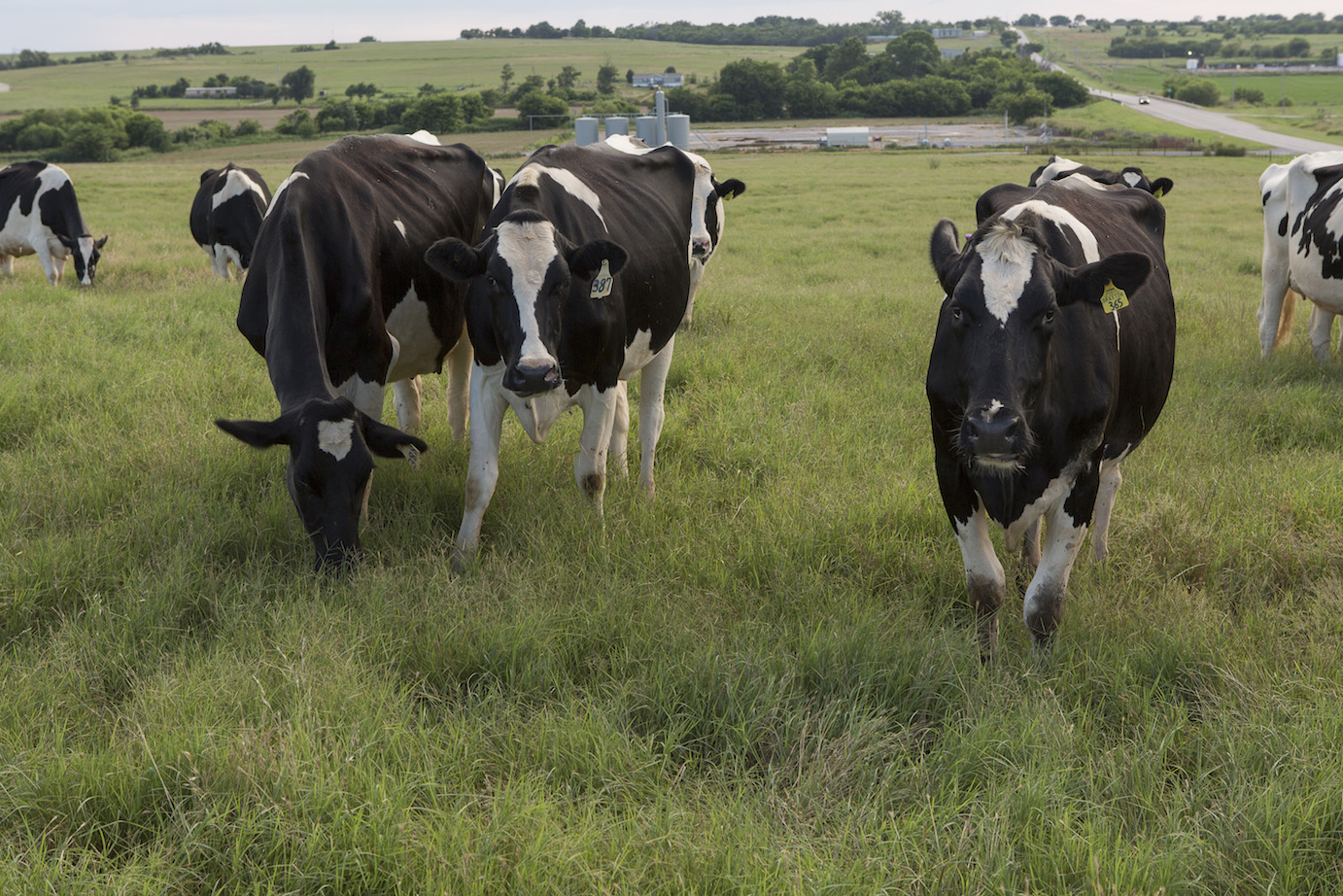When organizations work together for a common goal, it is easier to overcome difficult challenges. This is what the dairy checkoff and other entities work to accomplish across the industry. U.S. dairy farmers export around one in seven gallons of milk produced. Exports and trade are areas with potential to increase U.S. dairy sales and boost the overall economy, which is why organizations like U.S. Dairy Export Council (USDEC), National Milk Producers Federation (NMPF), the Innovation Center for U.S. Dairy, Dairy Management Inc. (DMI) and local checkoff work together to bring positive change.
USDEC represents global trade interests of U.S. dairy farmers by working to expand exports and export value. It was established by dairy farmers and is funded through the national checkoff program as well as membership dues. Membership to USDEC is primarily offered to processors, export marketers, traders and suppliers to the U.S. dairy industry. Since its establishment in 1995, dairy exports have nearly quadrupled. USDEC accomplishes this through securing access and assisting suppliers to meet market needs that facilitate sales.
Members of USDEC have access to market research and information about global factors that may impact exports. By bringing the industry together under the common goal to enhance demand and facilitate sales, the domestic supply industry has enhanced U.S. dairy’s place as a reliable global supplier.
While USDEC looks to maximize U.S. dairy trade opportunities, National Milk Producers Federation (NMPF) is the voice of dairy farmers on Capitol Hill. Funded through most dairy coops across the country, NMPF can lobby for policies affecting the U.S. dairy industry. Retaliatory tariffs have been a recent issue, causing NMPF to work with other organizations across agriculture to voice how dairy farmers are being affected. Shawna Morris, vice president, trade policy for NMPF and USDEC, stresses the importance of the industry presenting a united front to trade negotiators by sharing perspectives of both producers and processors.
“NMPF and USDEC have partnered up for many years now on trade policy issues to ensure we deliver a unified message to trade negotiators or Congress,” Morris says. “This has generated strong results for farmers. Each of our free trade agreements has generated positive dairy trade balance with exports growing more than imports.”
In addition to trade policy, NMPF also works to resolve issues regarding labeling, product naming, animal health and human safety. This makes it possible to maximize the number of markets open to U.S. dairy products, since consumers in export markets have many of the same concerns as domestic consumers. An example is the National Dairy Farmers Assuring Responsible Management (FARM) program, which is managed by NMPF to set the highest standards for animal care.
The FARM program is open to all dairy farmers and processers, making up over 98 percent of the U.S. milk supply. It focuses on four key standards: animal care, environmental stewardship, antibiotic stewardship and workforce development. These are also goals behind the Stewardship Commitment of the Innovation Center for U.S. Dairy, a checkoff-funded program to bring together the dairy community to collaborate on sustainability efforts. This focus on sustainability has put the U.S. dairy industry in a better position to market exports and enhance decisions of importing countries.
“We also aim to work wherever we can with others in the industry, including Innovation Center for U.S. Dairy processor representatives, to pursue common causes on trade that can create win-wins for our industry as a whole,” Morris says.
Expertise from these organizations is critical for crossing the finish line with export and trade deals. By speaking with a united voice on specific issues, industry organizations are better able to increase sales for U.S. dairy farmers.




